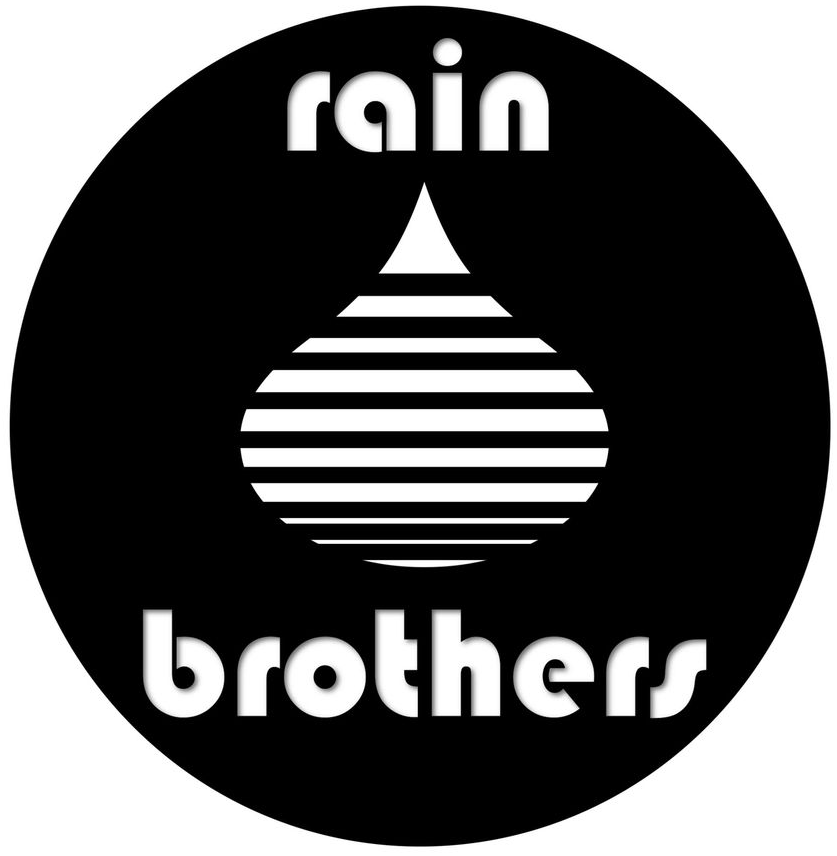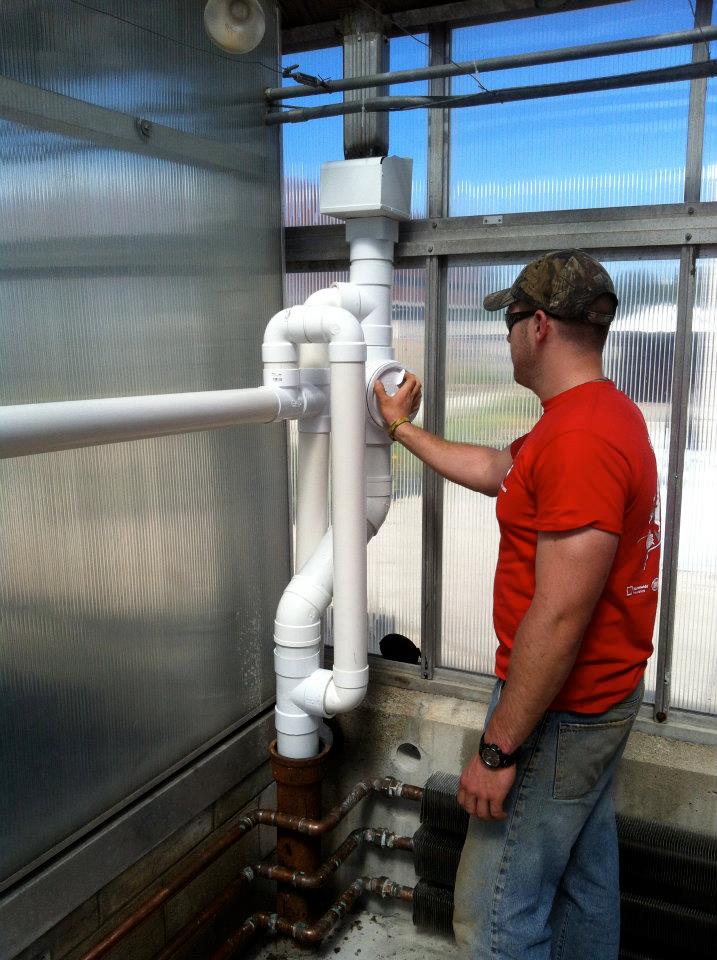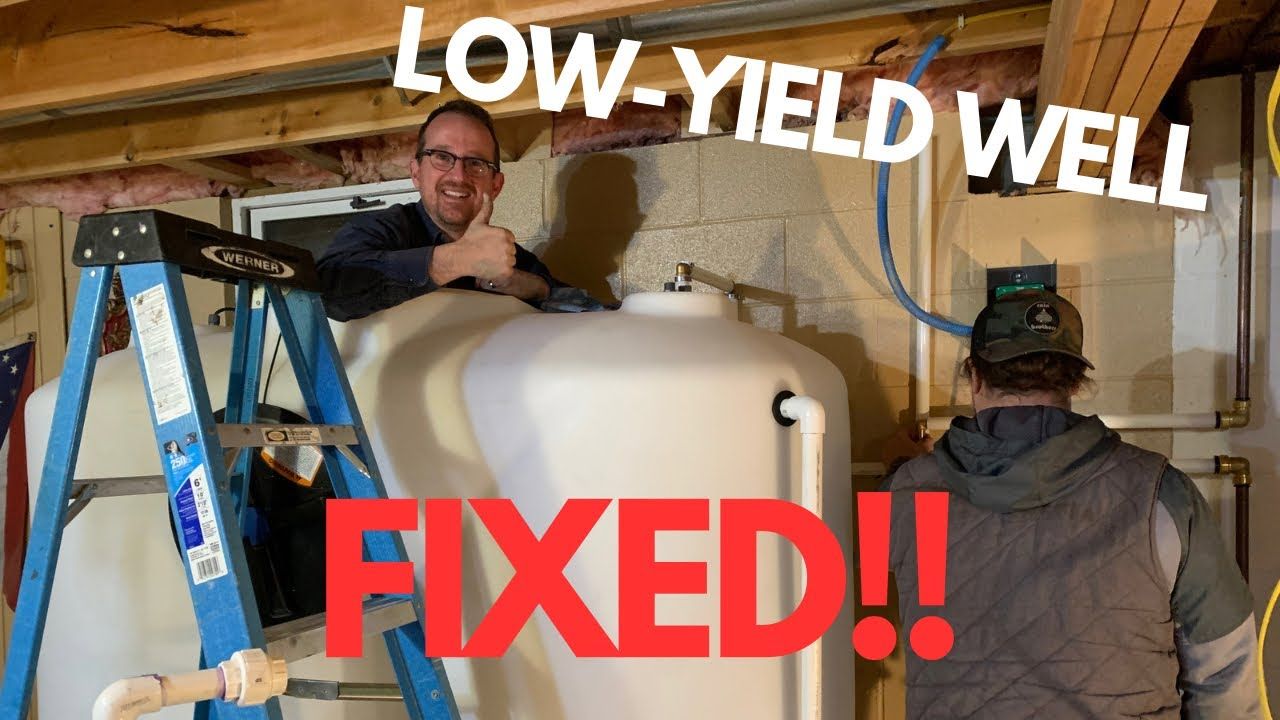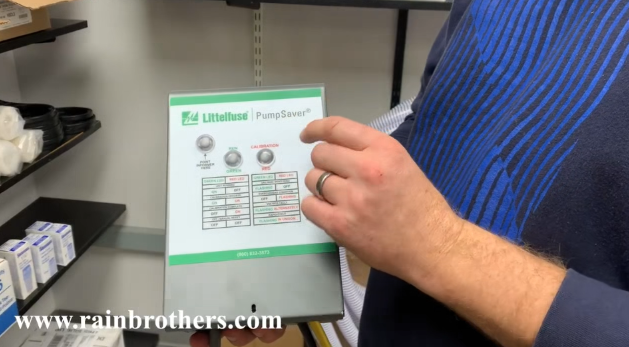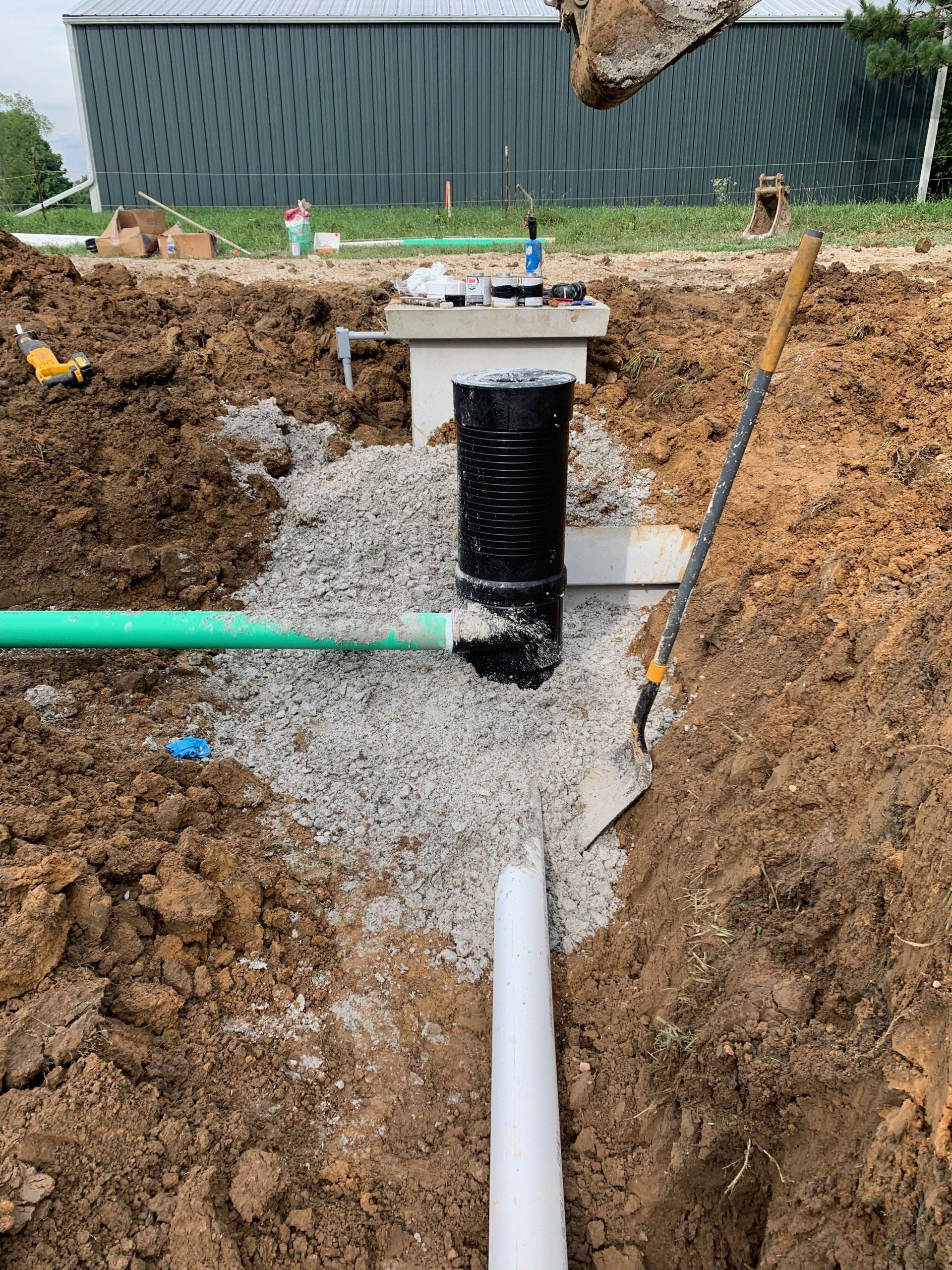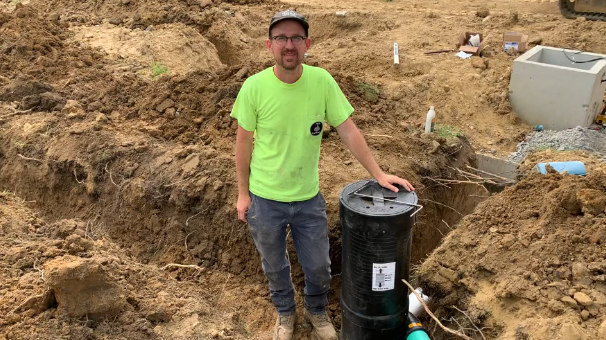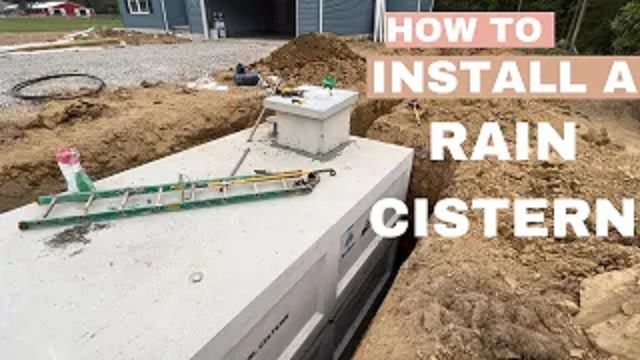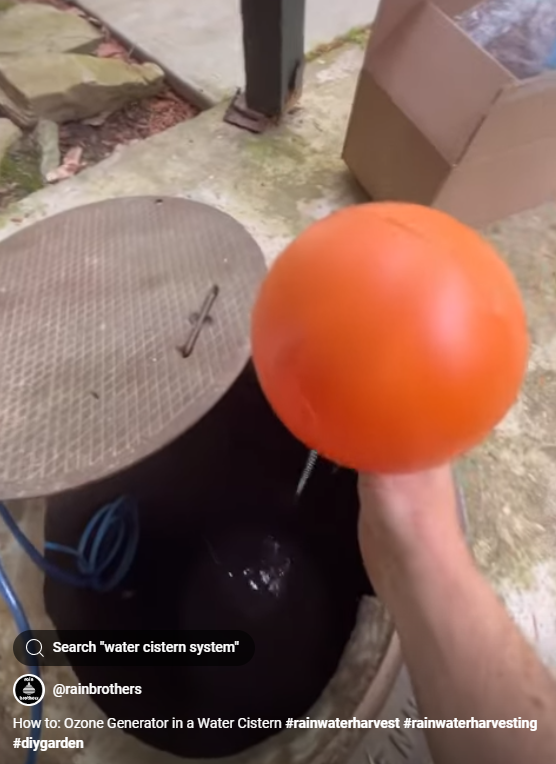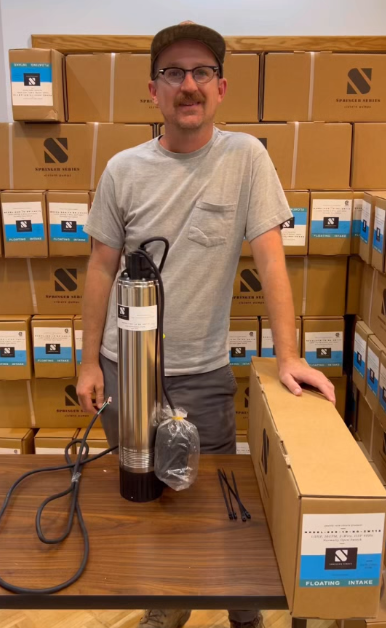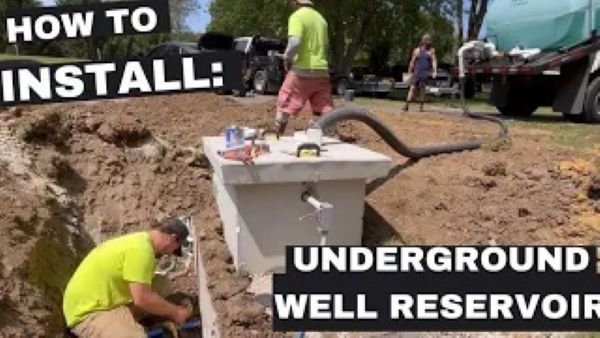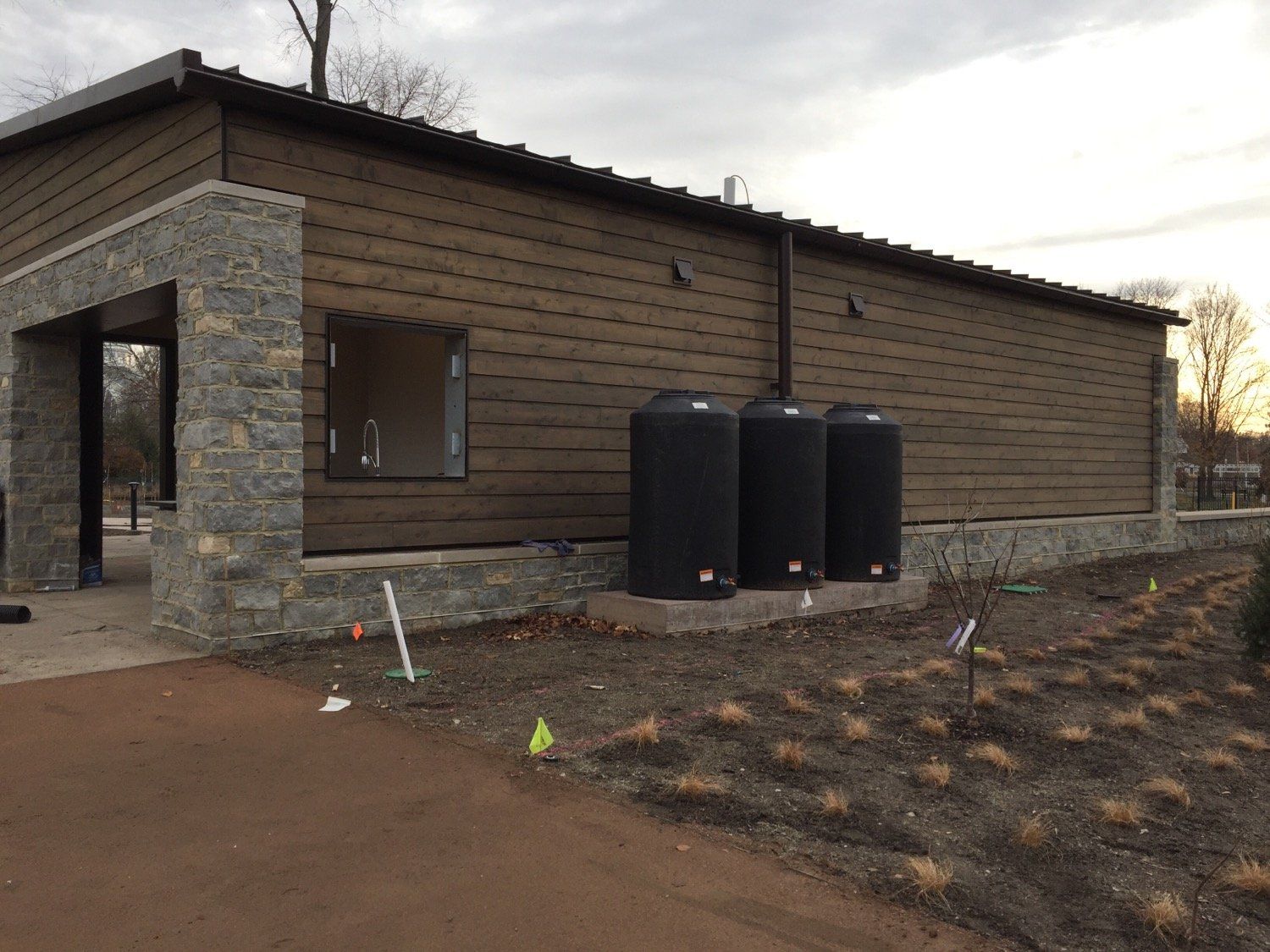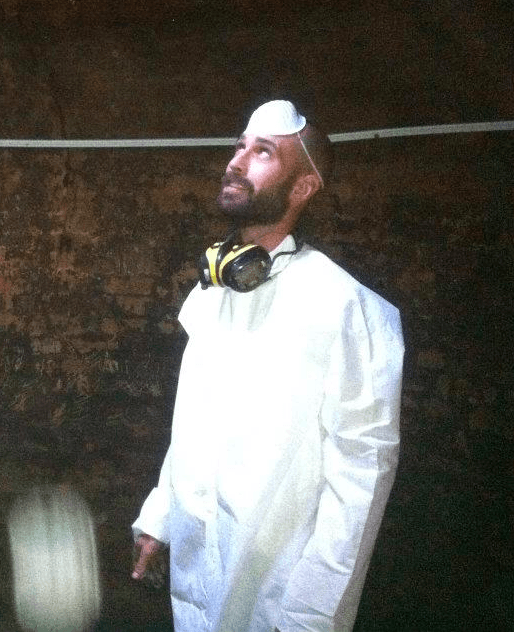Is rainwater safe to drink?
A common misconception about rain cisterns is that it's bad water. I've received countless calls over the years from folks who just bought a house that is supplied by a rain harvesting cistern who are worried sick about their new water supply. But is there cause for concern?
Let's deconstruct this fear a bit. If you're used to city or county water, then, most of the time, that means you're getting water that is coming from an open reservoir (though some are sourced from groundwater). While reservoirs are very protected, their feed springs/creeks/waterways aren't as highly guarded, which means that hydrocarbons from oil leaks in cars/trucks, litter, road salts, and any number of human-made pollutants can and do find their way into reservoirs. Additionally, you often have traces of pharmaceuticals found in our waterways, as well as the "forever chemicals" (aka PFAs) leftover from industrial pollution. And then there's micro-plastics and decaying organic material (including but not limited to fecal matter and dead animals). And this is all before the actual conveyance, at which time lead and other heavy metals leach in from antiquated piping.
While it's true that municipal water supplies are heavily regulated to protect the end user from some of these pollutants (most notably, bacteria), there is still a lot that doesn't get filtered out on a municipal level that must further be addressed on a house-by-house basis (side note: reverse osmosis is, in my professional opinion, the best way to add extra security for municipal water).
By comparison, groundwater supplies are equally susceptible to contamination. Not only do folks on wells have to guard against agricultural run-off and unsafe levels of various organic compounds, but a groundwater supply is only as good as those who draw from it. If you draw from the same aquifer as someone who does not maintain their well, or as someone who has abandoned their well without care or regard, or as an industrial/mining operation that introduces pollutants, your well suffers.
If we start by looking at the larger picture in regards to water security, it quickly becomes apparent that a localized, isolated water supply is the most ideal. And that's where rainwater harvesting comes in.
Is rainwater pure? Unfortunately, no -- not in our industrial age. While rain is the result of solar distillation (which naturally sheds pollutants and contaminants), falling rain picks dust and contaminants back up, both from the air and, occasionally, from the roof. However, the concentration of said contaminants is often very low -- especially compared to an open reservoir -- and a properly designed rainwater filtration system can eliminate any water quality concerns and can produce some of the purest water available. (See also our article on filtering rainwater for drinking.) But while straight, unfiltered rainwater may not be pure and potable as is, what one gains by using rain as their water supply is a reduction of risk: You aren't tying your water supply in with those around you and entrusting them to care for the water as much as you do; you aren't susceptible to PFAs and forever chemicals; you aren't getting pharmaceutical traces in your water; you're not running your water through out-dated underground lead piping (at least, hopefully you're cistern supply line is not lead).
Moreover, rainwater filtration is predictable. The same rain filtration system can be put in in Kentucky as in Kenya. With groundwater/wells, this couldn't be further from the truth, and groundwater filtration is completely reliant on a detailed water test, often times meaning that your neighbor might not even need the same treatment/filtration as you.
At the start of this article, I mentioned the number of calls we get from people concerned about their new home having a cistern. I would be remiss if I did not also mention that many of those same people call back months later to say how glad they are that they have a cistern for their water supply. One customer, in particular, was not only terrified of the prospect of using a cistern for his water (and called me at least three times before moving in to ask questions), but, after having lived in the house for three years, told me that he was going to have a cistern installed at any future home he lived in if he ever had to move.
Not only are rain cisterns viable, but also, given the many environmental factors at play in our world today, they may indeed prove to be the wise water choice.
